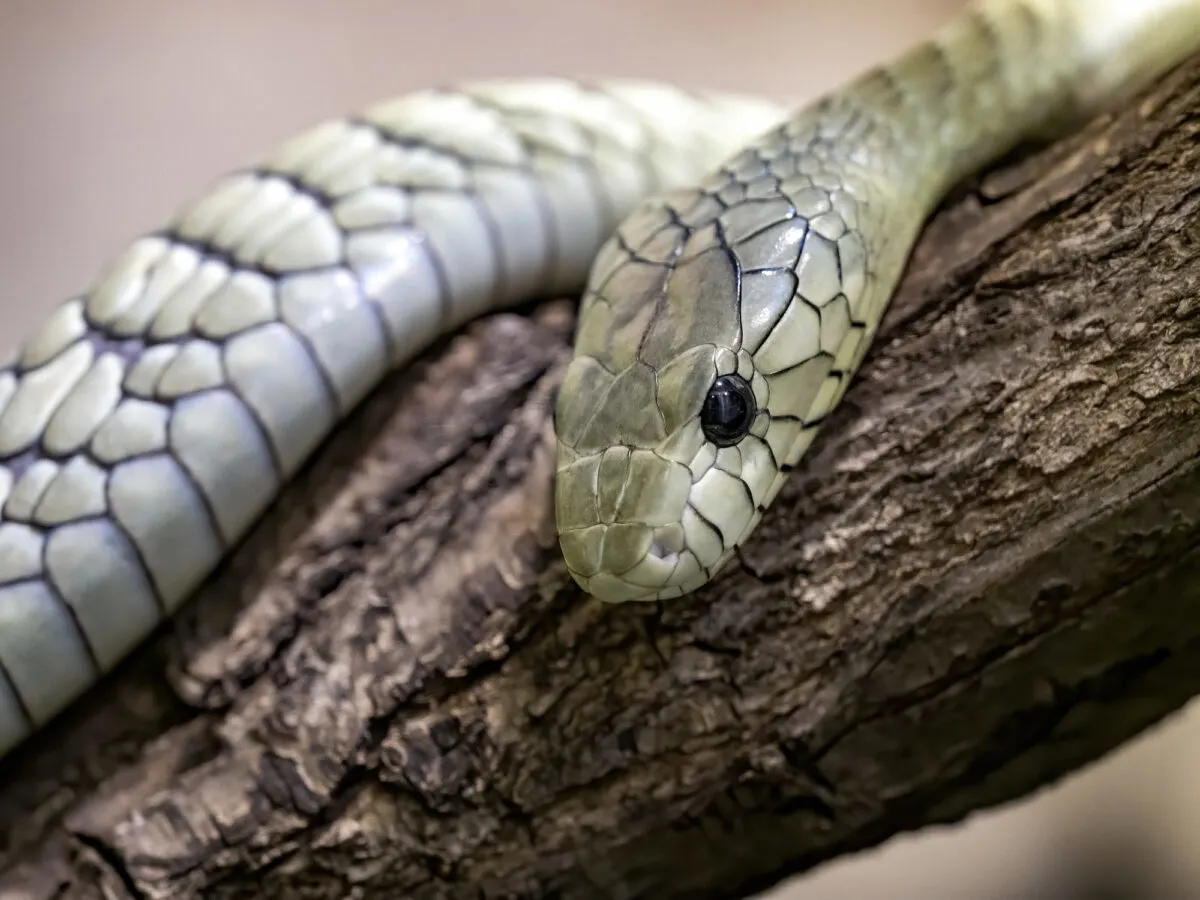The Black Mamba, one of the deadliest snakes on the planet, is renowned for its speed, aggression, and potent venom. Native to parts of sub-Saharan Africa, this snake has captured the fascination of herpetologists and the general public alike. While many know of its lethal reputation, fewer people understand the ecological role it plays and the mechanisms that make its venom so dangerous. This article aims to provide an in-depth look at the Black Mamba, offering insights into its biology, behaviour, and the measures taken to avoid and treat bites.
Physical Characteristics

The Black Mamba (Dendroaspis polylepis) is an impressive snake, distinguished by its size and colouration. Despite its name, the Black Mamba is not actually black. Its body is typically a shade of olive, brownish-grey, or khaki, providing it with excellent camouflage in its natural habitat. The name “Black Mamba” comes from the dark inky black colour of the inside of its mouth, which it displays when threatened.
It is one of the longest venomous snakes in Africa and can grow up to 14 feet (4.5 meters) in length, although the average length is around 8 to 10 feet. With a slender, muscular body, it can move with shocking speed, making it one of the fastest snakes in the world, capable of reaching speeds of 12 miles per hour (19 km/h).
Habitat and Distribution
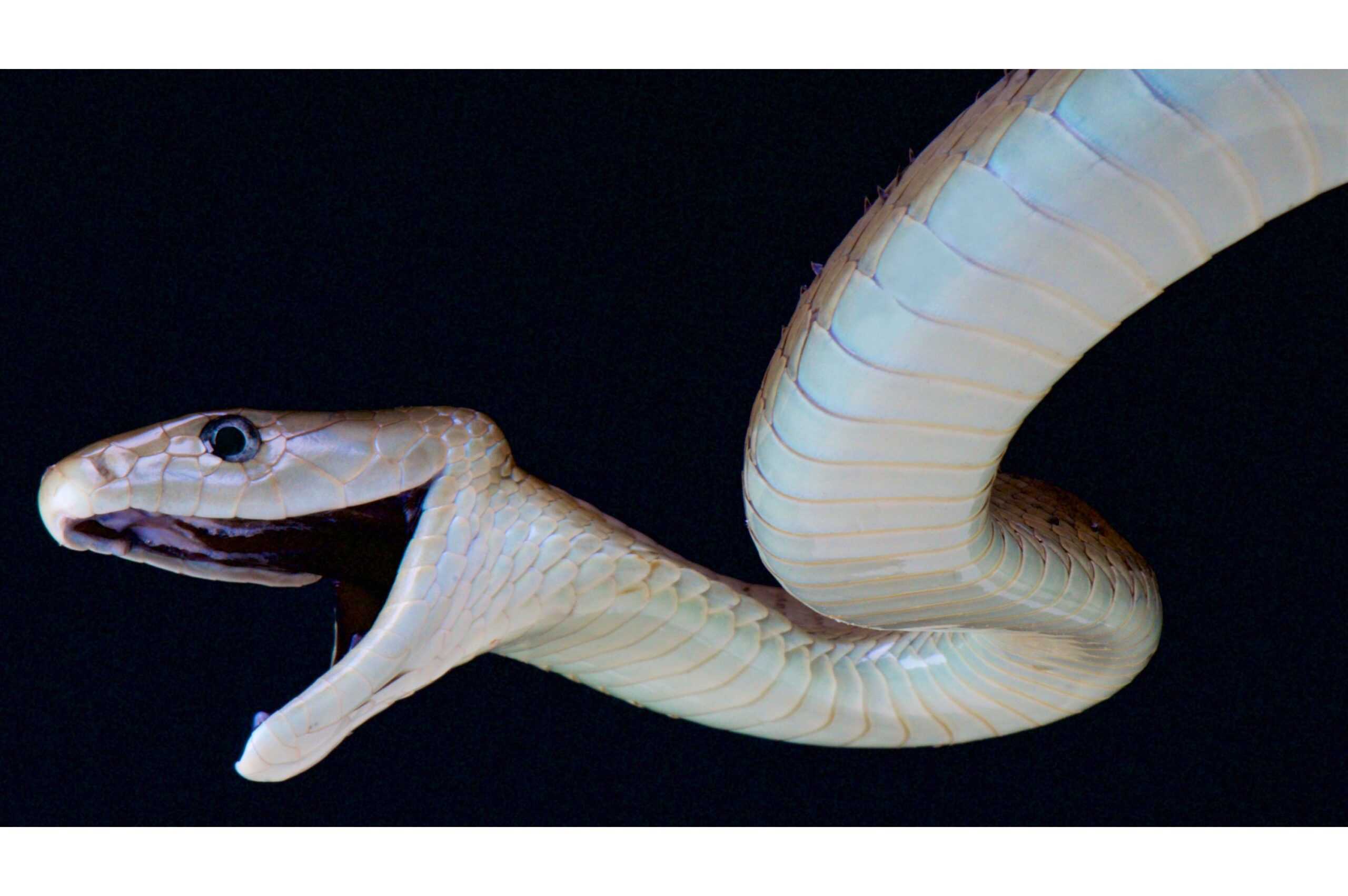
The Black Mamba is primarily found in the savannas, rocky hills, and woodlands of Eastern and Southern Africa. Its range includes countries like Kenya, Uganda, Tanzania, Namibia, and South Africa. This snake prefers regions with an abundance of rocky outcrops and little water, where it can take advantage of its speed and agility. Its habitat selection allows it to effectively hunt and avoid predators.
Diet and Hunting Behavior
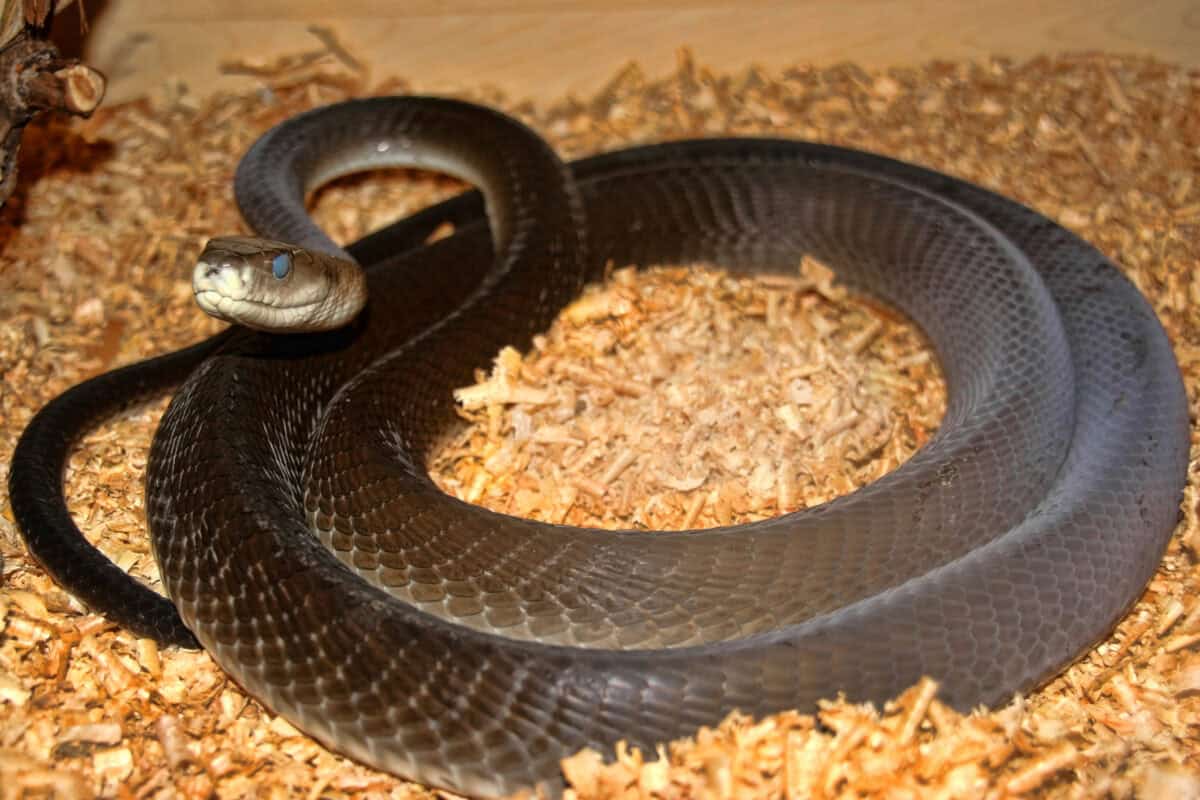
This formidable predator primarily feeds on small mammals and birds. It hunts during the day and employs a combination of speed and precision to catch its prey. When hunting, the Black Mamba relies on a “strike-and-release” technique, biting its prey and then retreating to a safe distance while the venom takes effect. The potent toxins quickly incapacitate the prey, allowing the snake to consume it at its leisure.
Venom: Composition and Effects

The venom of the Black Mamba is a complex cocktail of neurotoxins, cardiotoxins, and hemotoxins, which act swiftly to immobilize and kill its prey. Neurotoxins disrupt the transmission of nerve impulses, leading to paralysis, while cardiotoxins affect the heart’s ability to function properly.
A bite from a Black Mamba can be fatal within 20 minutes if left untreated, although this is an extreme case. Typical symptoms include swelling at the bite site, dizziness, nausea, difficulty breathing, and eventual respiratory failure. The high lethality of its venom is why it is considered one of the world’s deadliest snakes.
Interactions with Humans
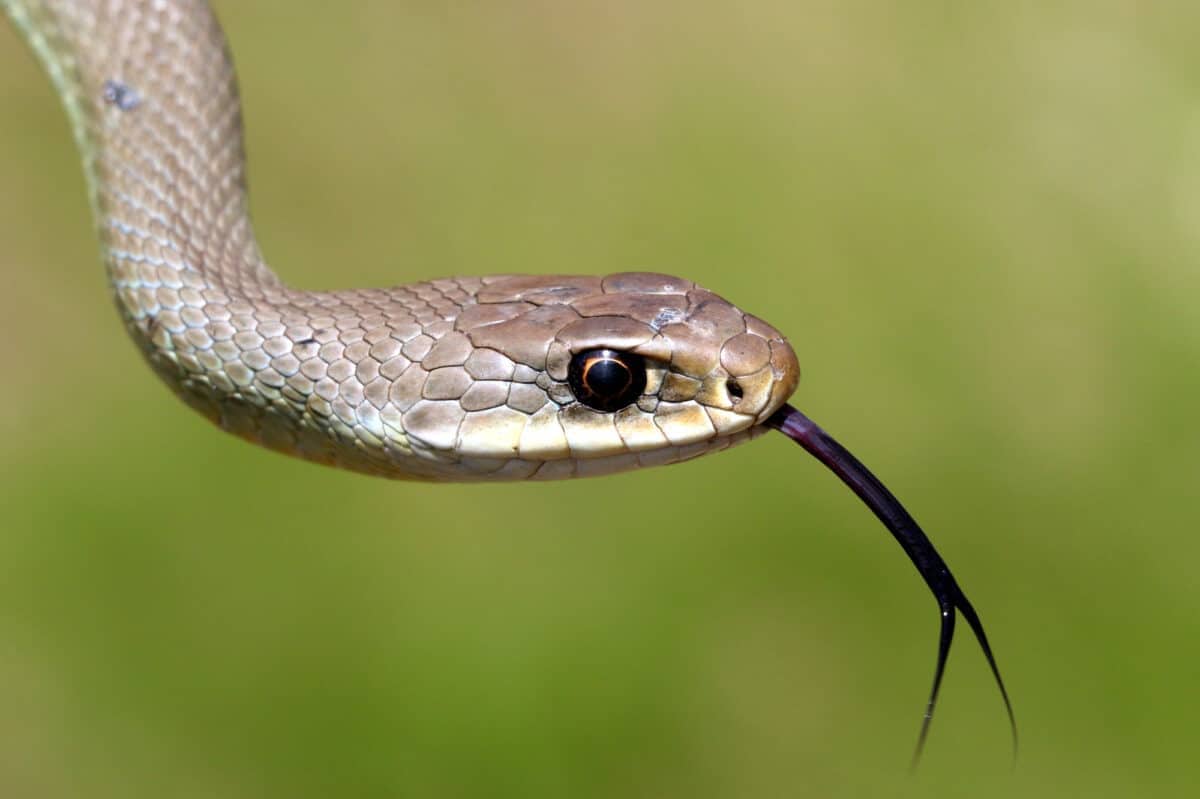
Despite its fearsome reputation, the Black Mamba typically avoids confrontation with humans. Most bites occur when a snake is accidentally stepped on or deliberately provoked. In rural areas of Africa, people often have to deal with the presence of these snakes, which sometimes results in fatal encounters. Education and awareness are key to reducing the number of dangerous encounters and bites.
Treatment and Antivenom
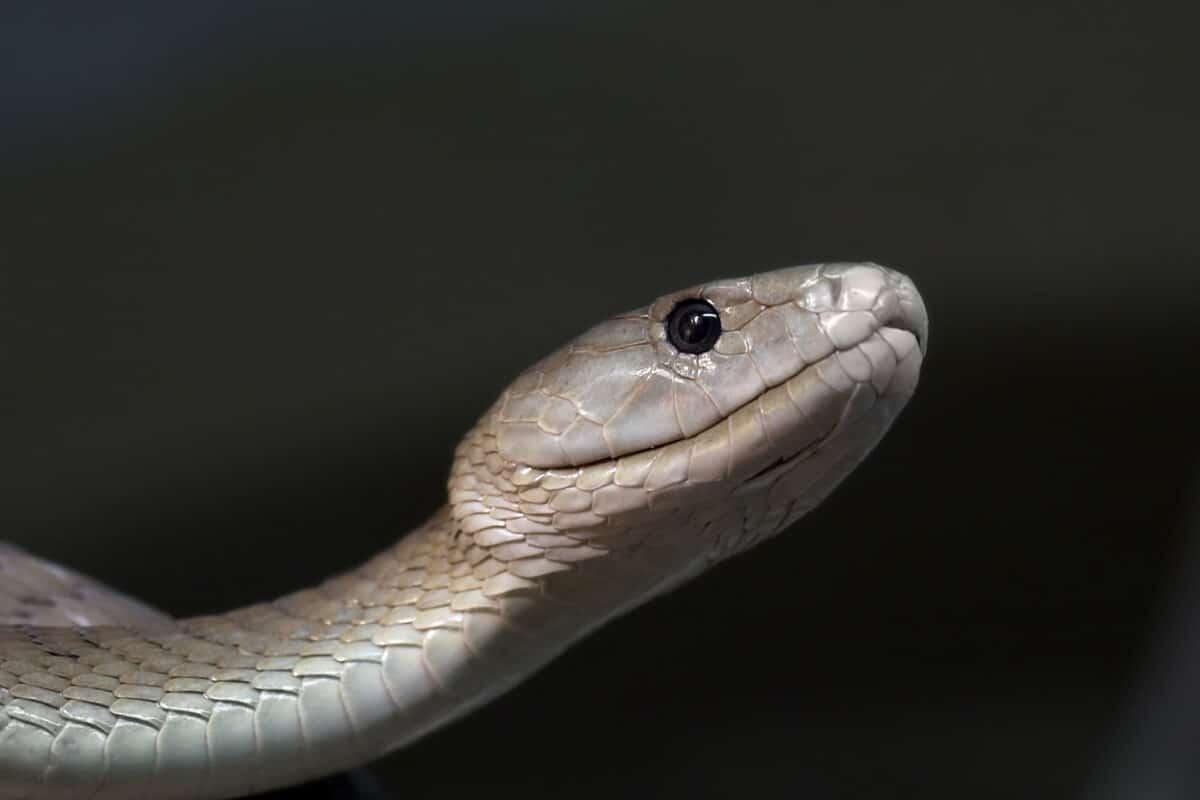
If bitten, quick medical attention is essential. The administration of antivenom is the most effective treatment for a Black Mamba bite, neutralizing the effects of the venom. Since the venom acts quickly, it is advisable to seek medical help immediately following a bite. Basic first aid, such as immobilizing the affected limb and keeping the victim calm, can also be useful while waiting for professional treatment.
Ecological Role
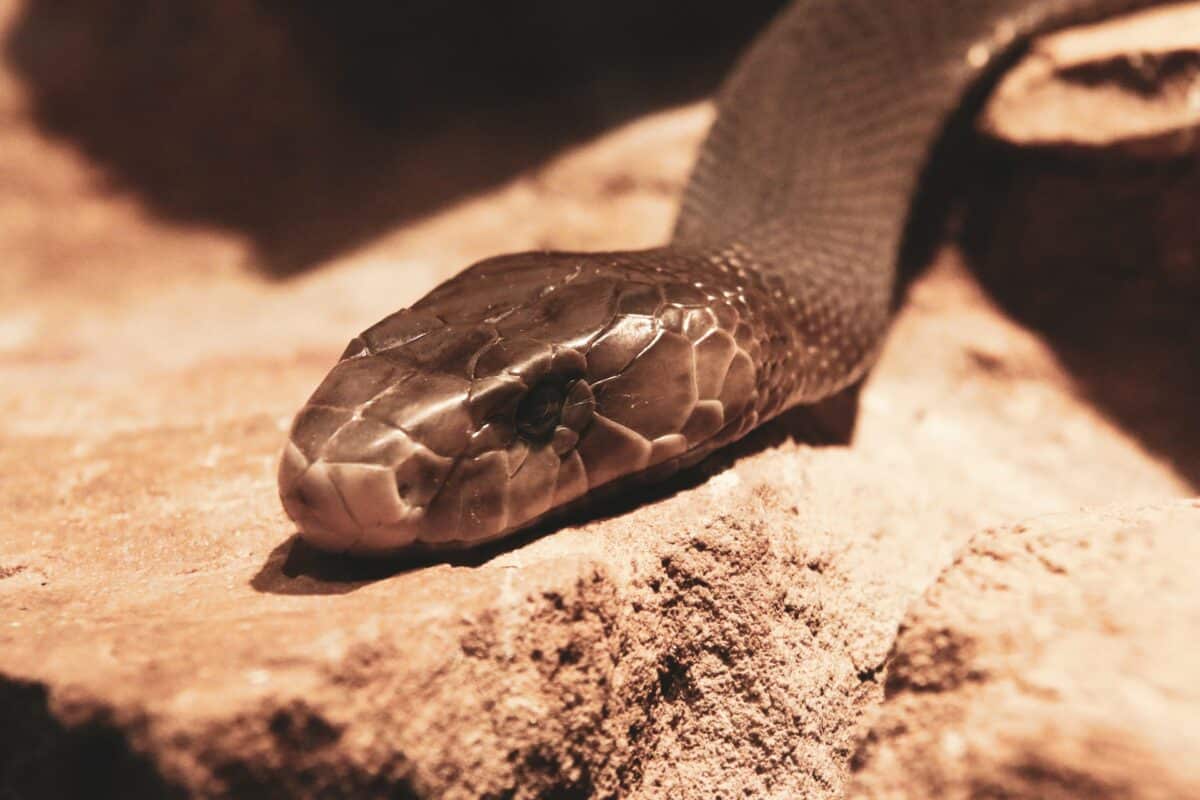
In their ecosystems, Black Mambas play an important role as both predators and prey. They help control the populations of small mammals and birds, which indirectly affects the balance of the broader ecosystem. While they are predators, they also serve as prey for larger animals such as birds of prey, mongooses, and other larger carnivores.
Conclusion
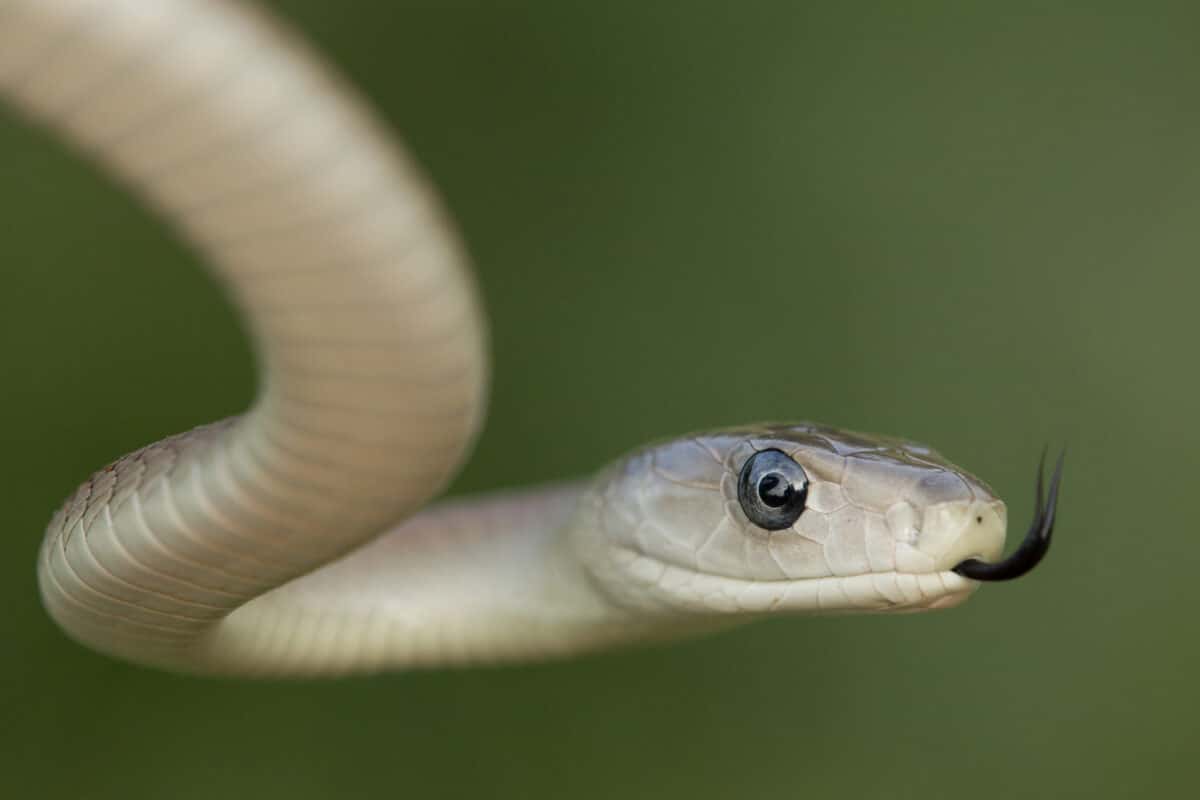
The Black Mamba is a creature of awe and terror, representing both the artistry of nature and the dangers that lurk in the wild. Understanding its behaviour, habitat, and potent venom allows us to appreciate the complexity of its existence. Efforts to educate people living in Black Mamba habitats are crucial to reducing negative encounters between humans and these snakes, fostering a safer coexistence.
- 12 Fascinating Shark Facts And 3 That Are Totally Wrong - August 21, 2025
- 11 Animals That Can Clone Themselves - August 21, 2025
- 15 Cat Breeds Vets Secretly Wish You’d Stop Buying - August 21, 2025

